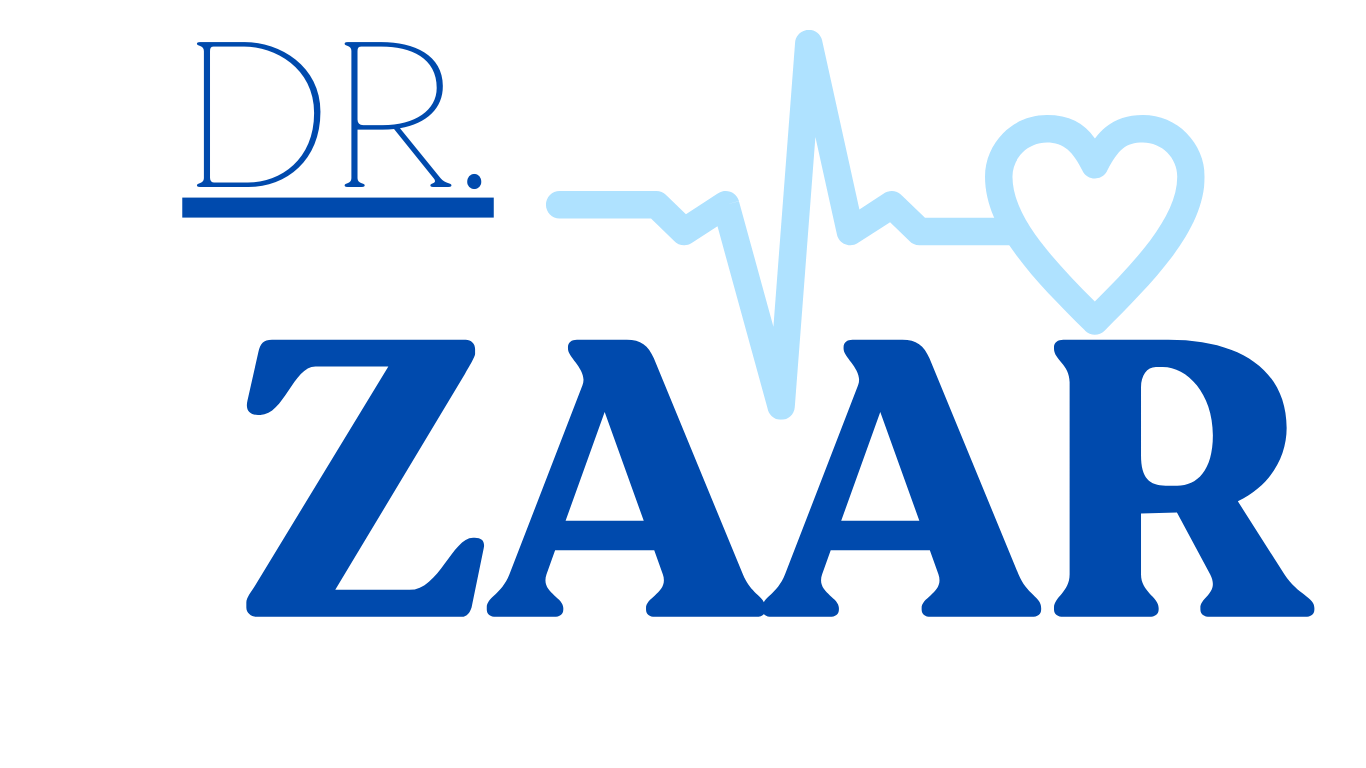The Role of Endothelin in Diabetes Insipidus
Case Study:
Patient Profile:
- Name: Alex
- Age: 42
- Gender: Male
- Medical History: No known significant medical conditions before the onset of symptoms.
- Presenting Complaints: Excessive urination, constant thirst, and weight loss.
Case Presentation:
Alex, a 42-year-old man, sought medical attention due to a constellation of symptoms that had been affecting his daily life for several months. He reported an unquenchable thirst, leading to the consumption of excessive amounts of water throughout the day and frequent urination. He also experienced unexplained weight loss despite maintaining his regular diet. Concerned about these symptoms, Alex decided to consult a physician.
Initial Assessment:
During his initial assessment, Alex’s physician noted his constant thirst and excessive urination, which had been particularly troublesome during the night. A review of his medical history did not reveal any significant underlying conditions or medications that could account for these symptoms. Given the characteristic polydipsia (excessive thirst) and polyuria (excessive urination) presentation, the physician suspected diabetes insipidus (DI) and referred Alex to an endocrinologist for further evaluation.
Endocrinological Evaluation:
The endocrinologist conducted a comprehensive evaluation to confirm the diagnosis of diabetes insipidus and explore potential contributing factors:
- Urine Concentration Test: A water deprivation test was performed to assess Alex’s ability to concentrate urine. Despite the withholding of water for several hours, his urine remained significantly dilute, suggesting a problem with water reabsorption in the kidneys.
- Vasopressin (ADH) Levels: Blood tests revealed low levels of antidiuretic hormone (ADH), which is responsible for regulating water reabsorption in the kidneys. This supported the diagnosis of central DI, a form of DI caused by inadequate ADH production.
- Endothelin-1 (ET-1) Measurement: Recognizing the potential role of endothelin in DI, the endocrinologist decided to measure Alex’s ET-1 levels. Results indicated elevated ET-1 levels, suggesting endothelin’s involvement in the renal dysfunction seen in DI.
Treatment Plan:
Alex’s treatment plan was developed with a focus on addressing his central diabetes insipidus and the potential contribution of elevated endothelin levels:
- Vasopressin Replacement Therapy: Given the confirmed central DI, Alex was started on desmopressin, a synthetic form of ADH. This medication aimed to compensate for the ADH deficiency and improve water reabsorption in the kidneys.
- Fluid and Electrolyte Management: Close monitoring of fluid intake and urine output was essential to ensure adequate hydration and electrolyte balance. Alex received guidance on adjusting his fluid intake to match his medication and physiological needs.
- Endothelin-Targeted Therapy: The endocrinologist and nephrologist closely monitored Alex’s response to endothelin receptor antagonists as a potential adjunctive therapy. This approach aimed to address endothelin-mediated renal dysfunction and optimize water balance.
- Regular Follow-Up: Alex was scheduled for regular follow-up appointments to assess his response to treatment, fluid balance, and hormonal profile. Monitoring his endothelin levels allowed for the evaluation of potential improvements in renal function and symptom management.
Outcome:
With the initiation of desmopressin therapy and careful fluid management, Alex’s excessive urination and thirst gradually improved. His fluid and electrolyte balance normalized, and he no longer experienced weight loss. The response to endothelin-targeted therapy was closely monitored, with a focus on assessing potential improvements in renal function and symptom relief.
Conclusion:
This case study highlights the significance of considering endothelin in the evaluation and management of diabetes insipidus, particularly when renal dysfunction and excessive urination are prominent features. A multidisciplinary approach, involving endocrinologists, nephrologists, and other specialists, allowed for comprehensive care that addressed both the primary hormonal deficiency and potential endothelin-related renal complications. Further research in this area is essential to determine the precise role of endothelin in diabetes insipidus and its potential impact on treatment strategies.
Unmasking the Estrone Tango in Sarah’s.
Case Study: Sarah, a vibrant 52-year-old woman, received the life-altering news – HR+ breast cancer. Like many diagnosed with this.
Read MoreNavigating the Estrogen Symphony: A Teenage.
Case Study: Patient: Estrogen: Sarah, 14 years old Presenting Symptoms: Estrogen Irregular periods, acne breakouts, mood swings, anxiety, body image.
Read More